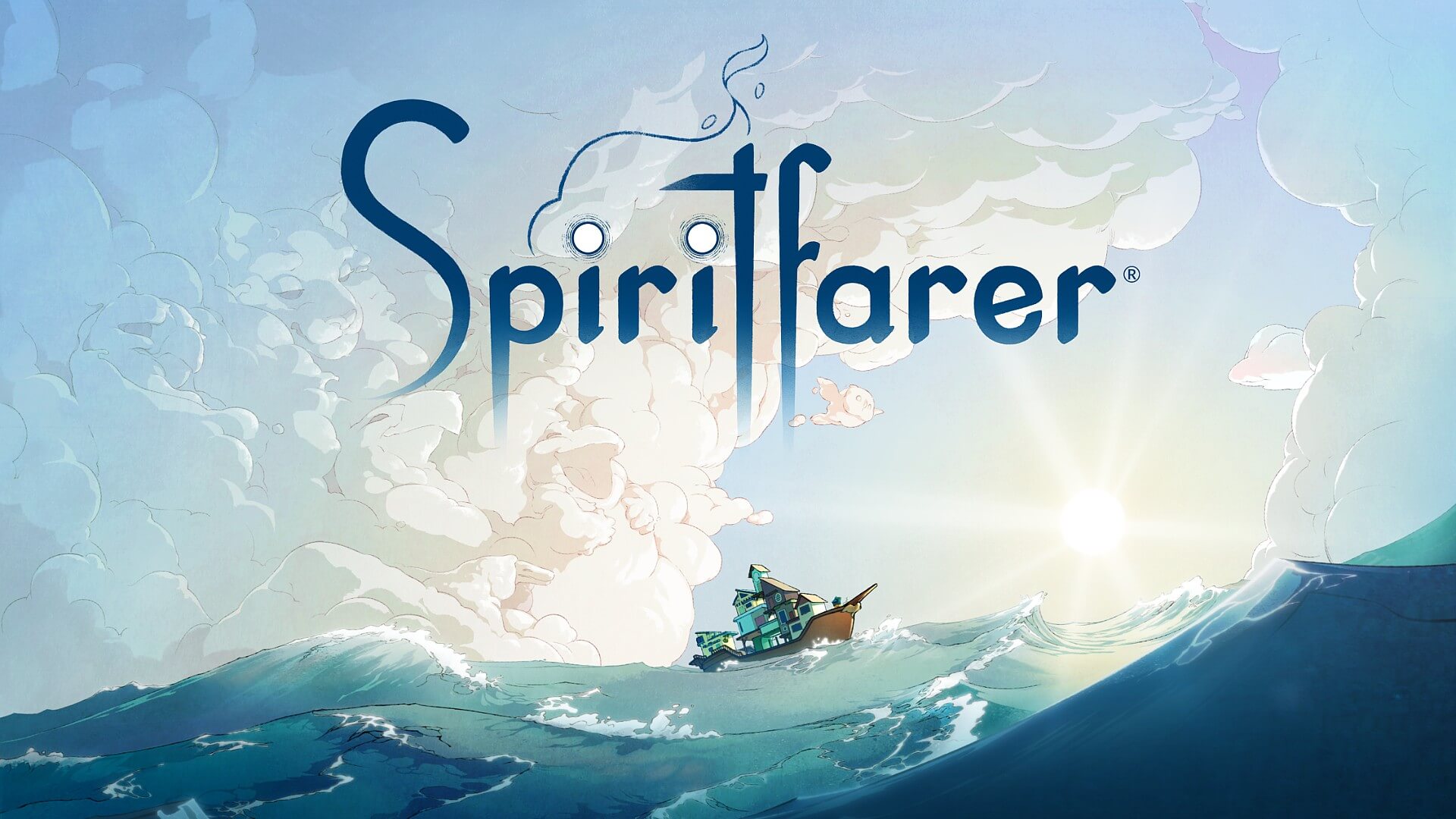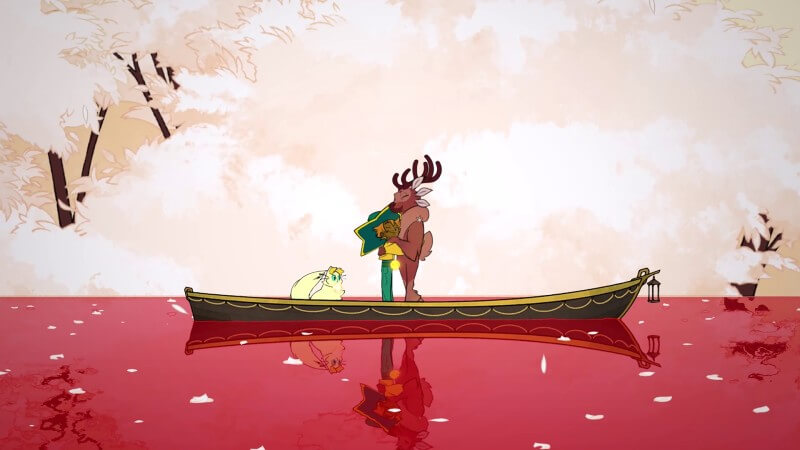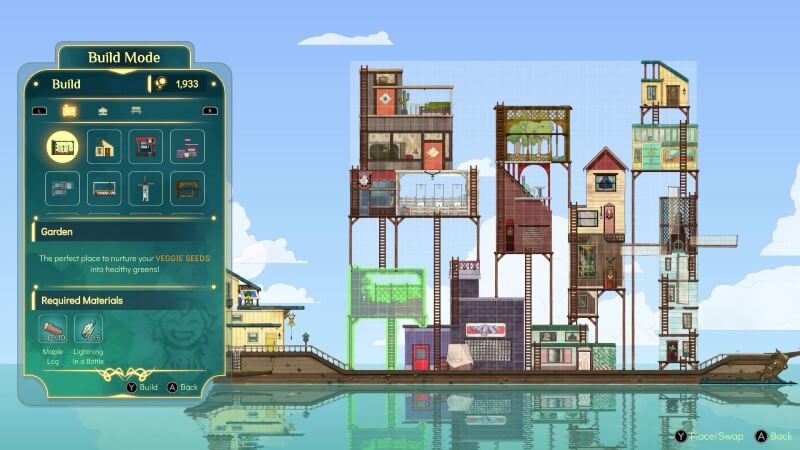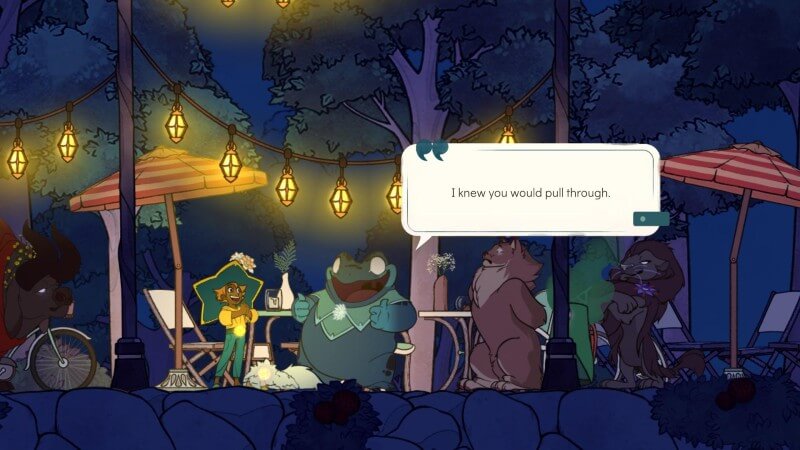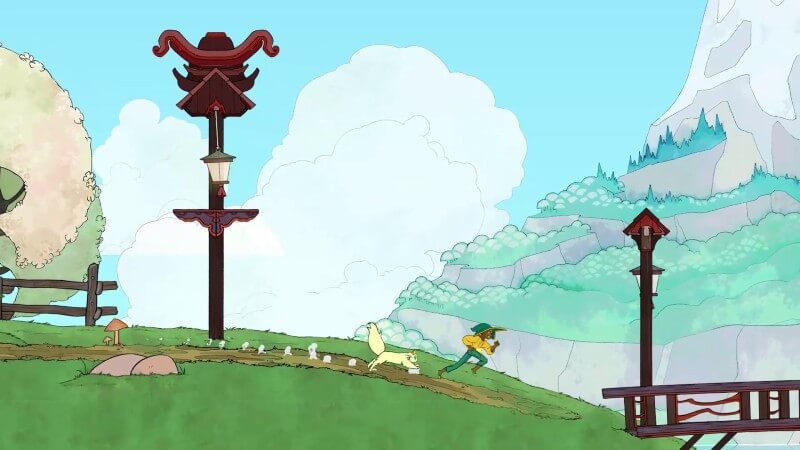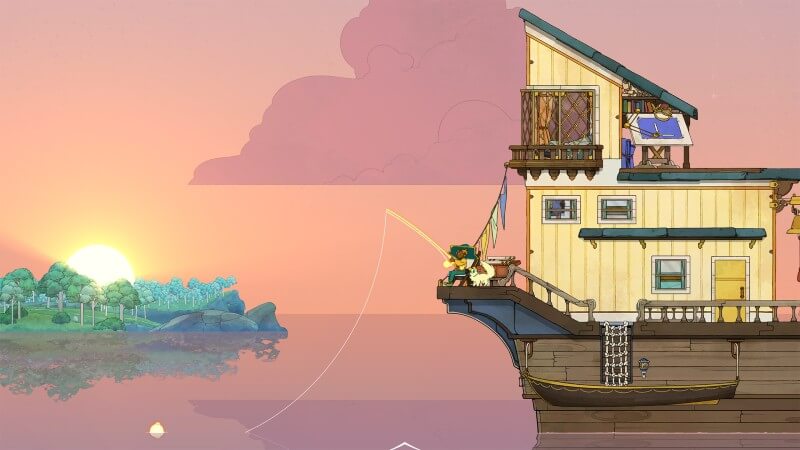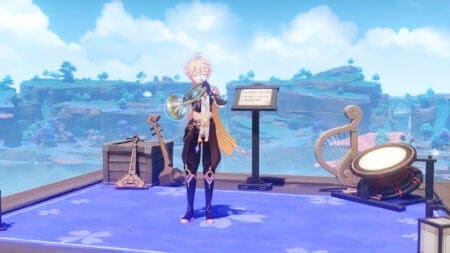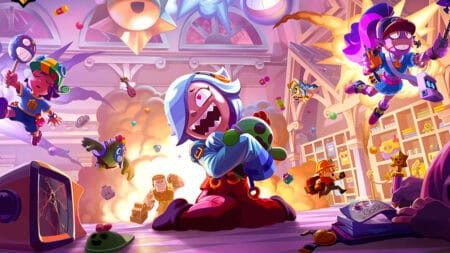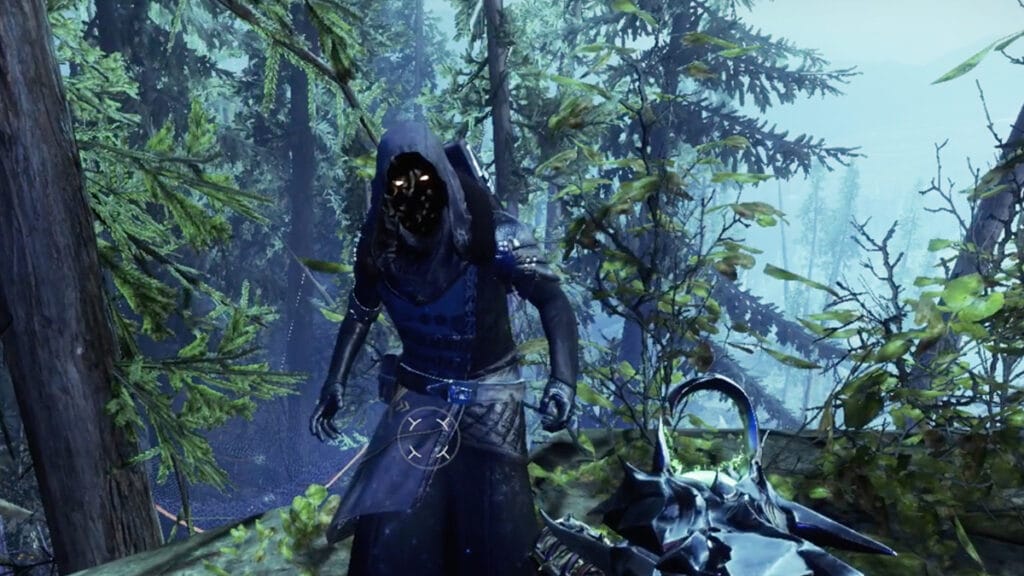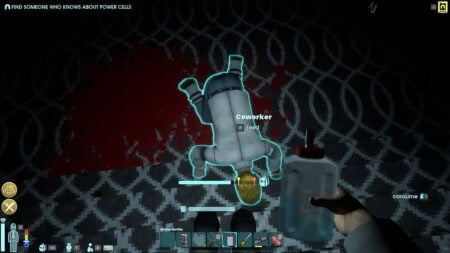Title: Spiritfarer
Publisher: Thunder Lotus Games
Developer: Thunder Lotus Games
Genre: Adventure Platformer
Official Site: thunderlotusgames.com/spiritfarer
Available On: Nintendo Switch, PlayStation 4, Xbox One, PC
Version Tested: Nintendo Switch
Release Date: August 18th, 2020
Where to Buy: Switch E-shop, PlayStation Store, Microsoft Store, Steam
When a game that deals with death is released, one would be forgiven for expecting a bleak trek through a depressing landscape. Although death is always around the corner in Spiritfarer, the last thing it should be called is bleak. This delightful indie title is a celebration of what it means to be alive and to connect with others. It’s bolstered by a mesmerizing art style, engaging gameplay, a fantastic score, and pitch-perfect writing.
What it Means to be the Spiritfarer
Spiritfarer takes inspiration from Charon, the figure from Greek mythology who ferries spirits to the underworld on the River Styx. The game begins with Stella accepting the position from Charon before he departs this world. He leaves her with the message that her journey will be simple, but difficult. This is the theme for the rest of the game. Spiritfarer never tests the player against tough battles or hard-to-crack puzzles. Instead, Stella forms connections with several spirits as she travels to various islands. Getting to know them is the most joyous aspect of the game as each of them is complex with their faults and eccentricities. But saying goodbye is where Stella’s journey becomes difficult. Her job is to make their last days as peaceful as she can, helping them deal with their unresolved issues before they’re ready to depart.
The characters are so beautifully written that it often feels like you’re talking to someone you know in the real world. The developers based many of the characters on people they knew. This makes them feel much more fleshed out and makes the player feel like they’re helping an actual person instead of going on a quest for a traditional NPC.
For example, Gwen, who takes on the form of a doe, is the first spirit to join Stella’s houseboat. Her humor is dry, she is kind-hearted though somewhat restrained, and, by her own words, she’s a bit of a snob. Her character design makes it look as if she’s wearing a lush fur coat and high heels. While she grew up wealthy in the real world, she suffered from a neglected childhood. And only after Stella helps her reconcile with that is Gwen able to move on to the afterlife. Each spirit is surprisingly deep, telling Stella stories of their past as she progresses through their various quests. Just like losing someone in real life, plans made but not kept and relationships that don’t get to flourish are felt when a spirit is ready to move on.
On Spiritfarer’s Open Seas
Stella spends her time sailing to different islands. Each island has a mix of different resources, secrets, and, in some cases, spirits to collect for her journey. The resource management gameplay of Spiritfarer is incredibly convenient for the player. Stella’s one tool, the Everlight, is a magical ever-changing item that can be whatever she needs it to be and never breaks. It’s her fishing pole, her pickaxe, the oar for her rowboat, and so much more. Having the boat be her base of operations also allows the player to multitask. Stella can set a course for an island. And while the boat moves forward, she can farm or cook or craft resources. There are even fast-travel spots on the sea in the form of bus stops run by an overzealous seal.
Stella can improve her ship in a variety of ways. Certain resources and glims, the currency of this world, can be traded in to make the ship bigger, let it reach new areas on the map, and enhance Stella’s blueprint table. The blueprint table lets Stella build various structures as well as edit the boat’s layout. The only part that isn’t convenient is that you can’t look at the recipes you’ve unlocked unless you’re in the kitchen. You also can’t view the map without going to Stella’s room to chart a course. But everything else is thankfully streamlined for a smooth experience.
The Pursuit of Happiness
Everything that Stella can do as the Spiritfarer benefits her passengers. Farming, fishing, cooking, and building up her boat will all lead to furthering her goal. In a way, Spiritfarer gives meaning to the resource management gameplay that has made recent titles like Animal Crossing: New Horizons and Stardew Valley so popular. Stella isn’t just making her boat into the image she wants or selling her crops. Every action lends itself towards readying the spirits to move on.
Each spirit has a mood card. Here, you can see how they’re feeling, what their likes and dislikes are in terms of food, and what perks come with each mood. Atul, the boisterous toad spirit, will pick berries for Stella if she visits an island that has them and he’s feeling happy enough. In his best mood, he’ll play joyful music on his flute, which raises the spirits of everyone on board (no pun intended). Completing quests, like improving a spirit’s house or taking them to a specific island, will make them much happier while smaller things, like feeding them or hugging them, will only raise their happiness a little bit.
However, some requests will lower their happiness. Atul, upon asking specifically for popcorn, will remember watching movies with his children and feel sad that he’ll never see them again. But even these moments serve to flesh out each spirit and lead to Stella helping them through their troubles.
A Moving Work of Art
Spiritfarer is one of the most beautiful games of 2020. The heartwarming characters and writing already made it so, but its presentation is simply stunning. The hand-drawn graphics, which were inspired by Japanese artist Hiroshi Yoshida’s woodblock prints, are breathtaking. Every island Stella visits will give you pause, stopping to bask in each landscape. Every frame of this game looks like it should be hung on a wall and admired.
Complimenting the game’s stellar art style is its enchanting score from Maxime Lacoste-Lebuis, which I need on vinyl immediately. At times, it will playfully dance along on a charming island. At others, strings and wood instruments will swell during the game’s most awe-inspiring moments. It often reminded me of Breath of the Wild or the iconic scores of Studio Ghibli. Everything from the game’s bittersweet themes to its childlike joy to its impressive art style makes it feel like a Hayao Miyazaki adaptation waiting to happen.
Verdict: Spiritfarer is tailor-made for players who enjoy resource management and simulation games like Animal Crossing. But it goes much further beyond that. The characters are deep and charming. Its writing is hilarious and touching. Its art style and score amplify everything that already makes it so special. It proves that death doesn’t have to be so negatively presented or discussed. Just as in real life, saying goodbye can be sorrowful. But the player is left with the memory of a wonderful connection that Stella’s journey wouldn’t be the same without.
[review]

